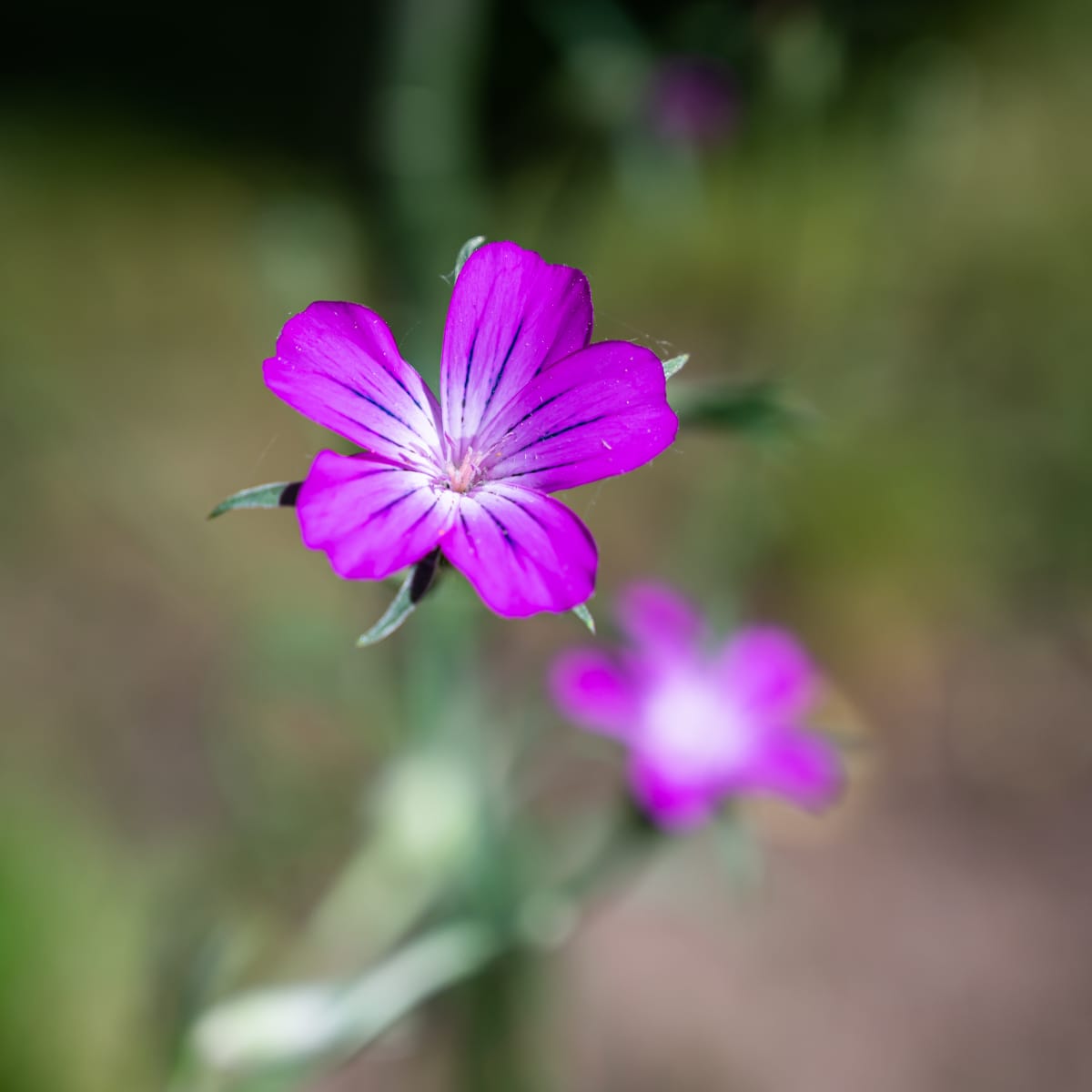Nothing in Basket!





Sow Rate: 1.5 - 3 gram of seeds per meter square
(Shipped within 1 - 3 days)
Sow this tall annual plant in your meadow or wildflower garden and enjoy its attractive, pinkish purple, trumpet-shaped blooms all summer. Corncockle looks best in the company of other cornfield annuals: cornflower, poppy, corn chamomile and corn marigold.
One of the RHS Plants for Pollinators, the corncockle's flowers are beneficial to a wide range of pollinating insects.
Sow in spring from March to May, or in autumn from August to October.
Corncockle grows best in a sunny position on well-drained soil.
Sowing Rate
See individual product page for sowing rate. Increasing this rate may result in some species out competing others and reducing the rate may result in weeds or grasses dominating. *Tip 1 level teaspoon of wildflower seed is about 1.5g
Flowering Period
Annual species sown in Spring will bloom 8-10 weeks after sowing. Annuals sown in Autumn will bloom the following summer. Perennial species begin to flower the second year after sowing. If managed correctly, these flowers will return year after year.
Ground Preparation
Prepare pots or a bare seedbed in advance of sowing, free of weeds, grass, and other plants so that the wildflower seeds don't have to compete with other plants. This step is essential to establish wildflowers successfully.
Sowing
Maintenance
Cut the plants back to 7cm in height after flowering in the autumn. Remove the cuttings to keep soil fertility low and to not smother emerging plants. Do not apply fertiliser or plant food.
This Seed Contains No Filler
Mix with a Carrier such as sand, sterile compost or Ready Brek to bulk the seed for a more even broadcast.
Nothing in Basket!